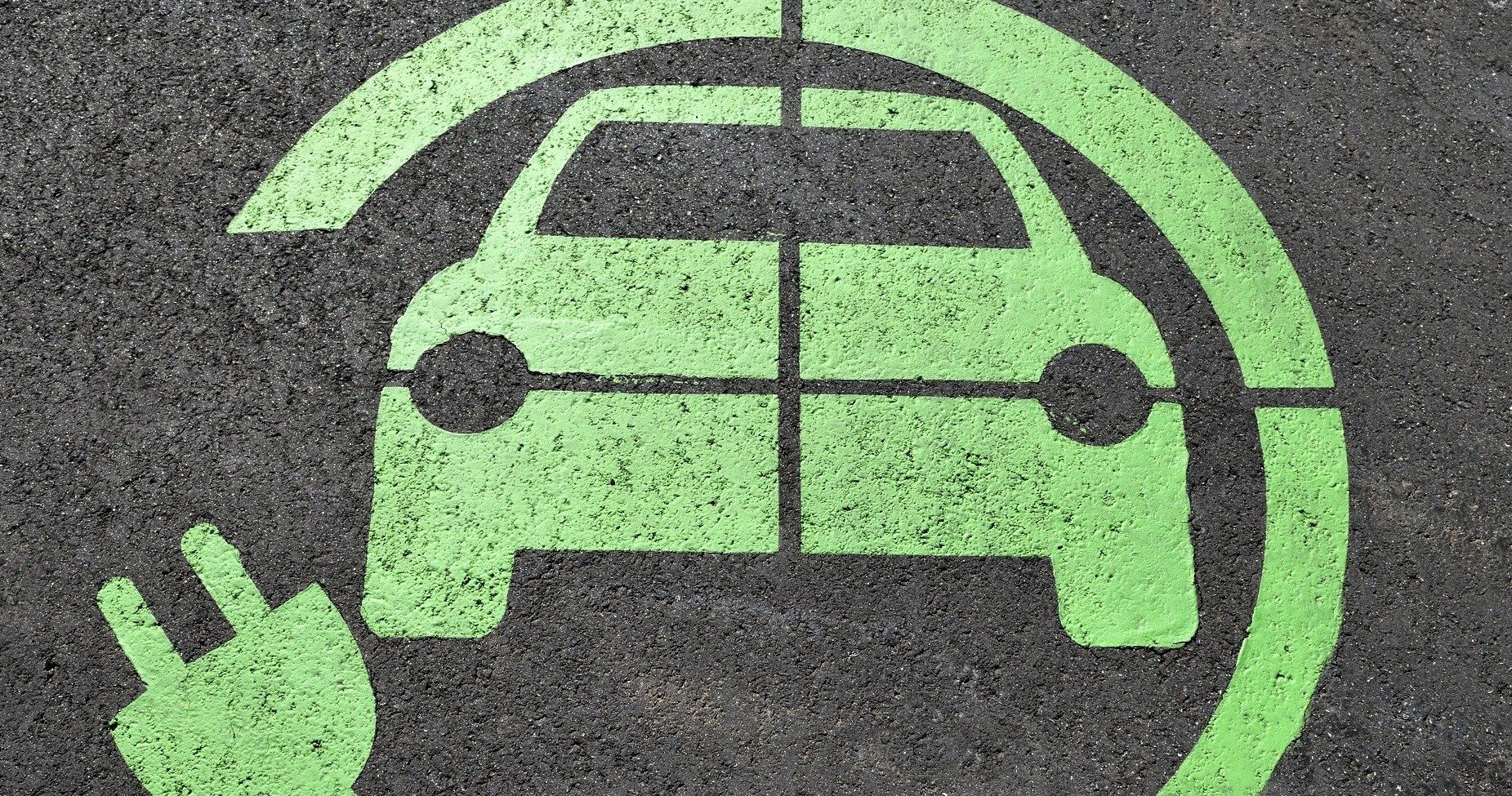Achieving global aims of carbon-neutral transport is a huge challenge. Electric vehicles are set to play a key role in this, shifting automotive manufacture away from traditional fossil-fuelled combustion engine cars to low-emission, leaner and greener transport options.
This shift requires innovation and technical expertise, utilising traditional automotive engineering knowledge while also embracing new technologies and capabilities in order to produce large, lightweight structural EV components that are strong, light and durable.
Sand casting offers huge advantages in this process, combining technical capability with a precise, versatile and fast production method for prototype parts and low volume series production. This speed, as well as the ability to make Make Like Production (MLP) castings prior to upscaled production can help save EV manufacturers significant time, cost and reduce programme risk.
Making EV components with sand casting
Creating large, lightweight structural castings in almost any alloy, at any size and with complex geometries in a single part is a huge benefit of using sand casting for EV components.
This flexibility makes sand casting suitable for EV prototyping, as well as enhancing the specific material properties required in electric vehicle (EV) components for lightweighting and strength. Lighter vehicles are needed to compete with the range capabilities of traditional ICE engines, as well as reduce overall electric vehicle cost. Aluminium sand castings can create the lightweight structures and prototype parts required.
Here are 4 key ways sand casting supports EV manufacturing:
1. Rapid EV prototyping with sand casting
At G&W, we’re a leader in 3D additive sand printing, and we have a large scale in-house facility dedicated to the technology. 3D additive sand printing of cores and moulds enables rapid prototyping of components for electric vehicles. This delivers proof of concept, design validation and safety testing quickly, as well as the ability to alter or optimise structural part designs. For fast moving EV automotive projects with short lead times, this versatility and speed is extremely valuable.
Read more: How does rapid prototyping with sand casting support EV manufacturing?
2. Producing large, lightweight EV structural castings
Sand casting is limited only by the size of mould produced. This means that large, lightweight structural parts can be produced in any alloy and at any complexity. While upscaled production is unlikely to be a sand casting, fully replicating function, shape and performance relevance with a high-precision sand casting will save your EV project time and cost in the long run.
This flexibility has huge benefits for electric vehicle components, allowing large structures such as EDU housings and battery trays to be cast in a single net part. This reduces the need for extra joining, reducing weight of the vehicle significantly. These parts often require complex geometries, and sand casting can accommodate these complex topologies in a single net part.
3. Creating bespoke alloys to optimise material and mechanical properties
Sand casting offers huge versatility in achieving the mechanical and material properties required in each EV component. The ability to create bespoke, aluminium alloys from a range of compositions means EV properties such strength, conductivity and ductility can be maximised in prototype Make Like Production (MLP) components by controlling the solidification rates - often without requiring additional heat treatment.
As part of this process, process modelling simulation can model and predict alloy behaviour.
4. ‘Make Like Production’ EV components with sand casting
Prototyping with sand casting delivers Make Like Production (MLP) parts quickly, accurately and at a relatively low cost compared to other manufacturing methods.
For EV automotive, this delivers proof of concept at a MLP integrity level.
This is true for product and concept, but it also fast tracks proof of manufacturing concept. Ultimately, this will speed up manufacturing and reduce programme risk, while also supporting the move into low volume and potential mass production; testing for safety, tolerance and specification.
Read more: How sand casting will help increase EV range and reduce cost
In conclusion
Sand casting can create the precise, lightweight and large castings required to support electric vehicle technology and production. As a process it’s extremely reliable, precise and fast – crucial for meeting the demands of EV automotive.
Want to find out more about the role of sand casting in manufacturing electric vehicles? Read our ebook Making EV Components with Sand Casting, just click on the button below.


 Get in touch
Get in touch
